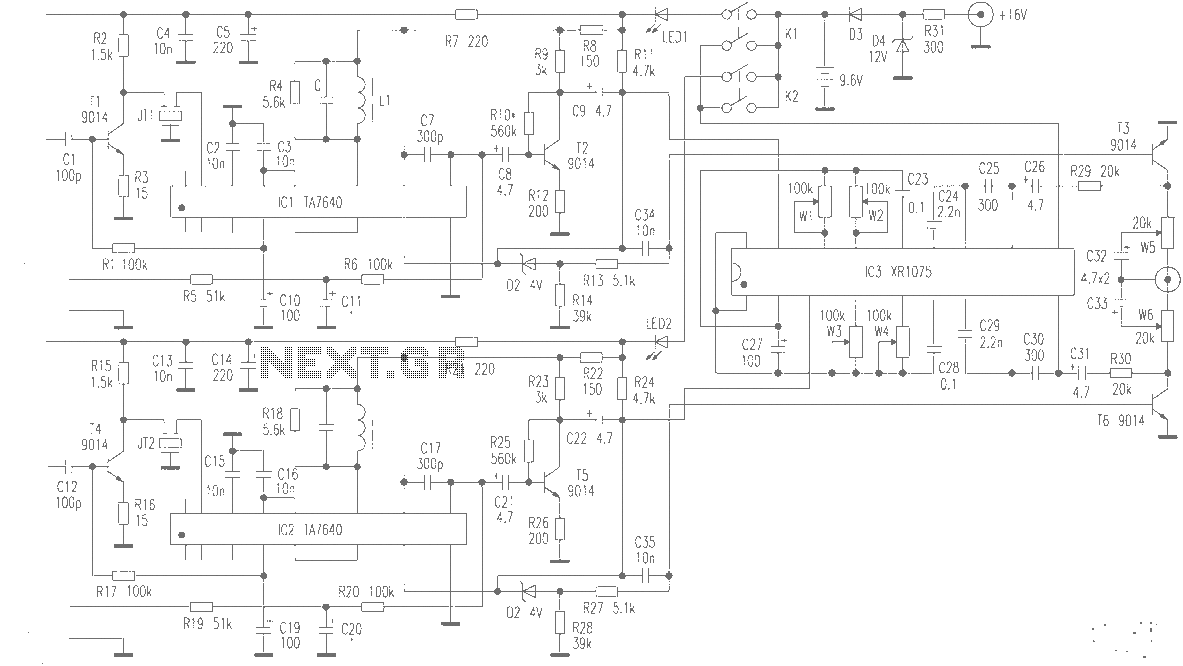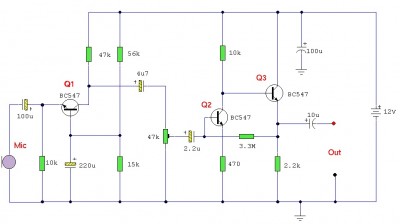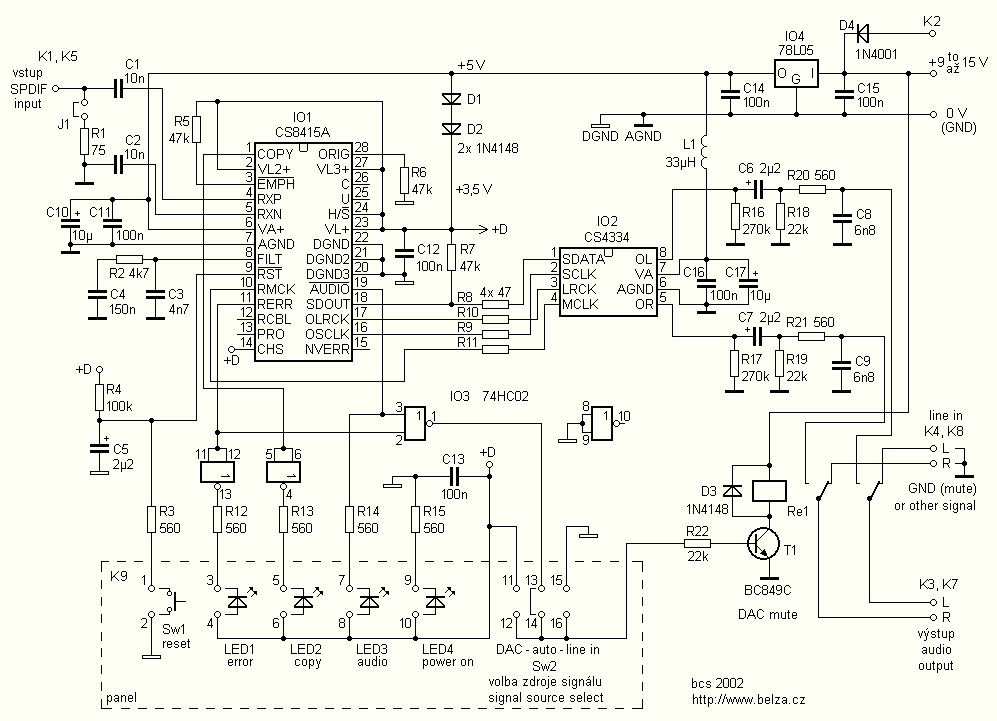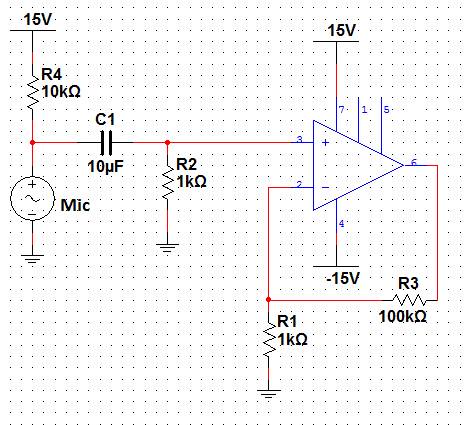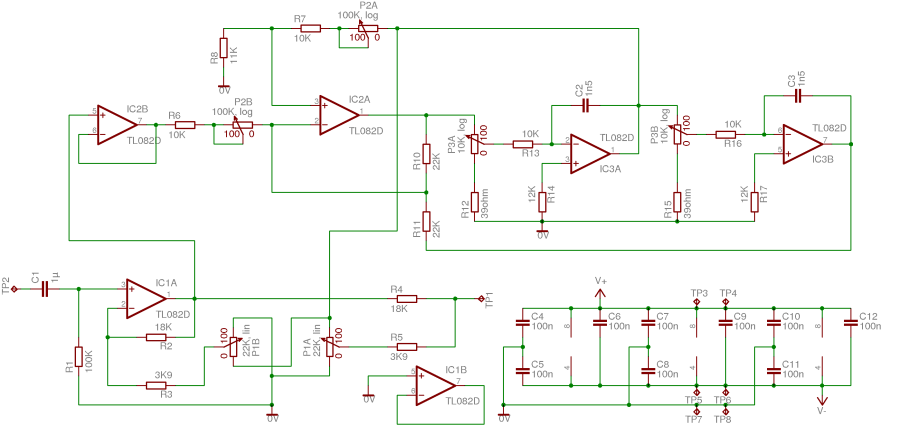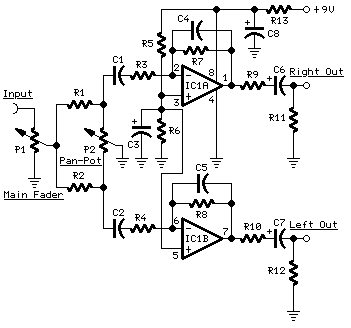
High Quality Audio Mixer
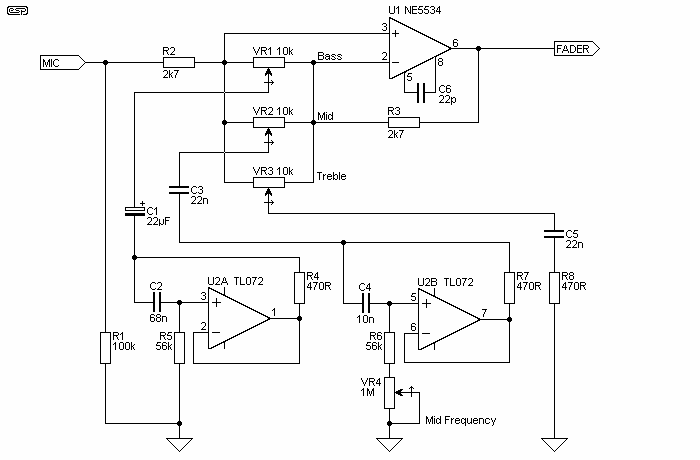
This project is probably the most ambitious so far, and can be expected to be very expensive. On the positive side, it is also capable of excellent performance, and can be tailored to suit your exact specifications. There are several different input modules in the series, the first being the microphone and line input. The project is presented in parts, and Part 1 shows the mic/line module and has some background information on noise measurements and the general philosophy behind the project. Stages 2 and 3 are now complete, and are described below, and Stage 4 is available, but still under construction.
The project described involves a modular audio processing system, with an emphasis on high-performance specifications and adaptability to user requirements. The initial module focuses on microphone and line inputs, which are critical for capturing audio signals with minimal noise interference. This module likely includes components such as preamplifiers, filters, and analog-to-digital converters (ADCs) to ensure high fidelity in audio signal processing.
The microphone input stage typically consists of a low-noise microphone preamplifier, which amplifies the weak signals from microphones while maintaining a high signal-to-noise ratio (SNR). It is essential to incorporate high-quality components, such as low-noise operational amplifiers and precision resistors, to achieve optimal performance. The design may also feature selectable gain settings to accommodate various microphone types, including dynamic and condenser microphones.
The line input stage is designed to handle signals from other audio equipment, such as mixers or instruments. This stage may include input impedance matching circuits, which ensure that the incoming signals are accurately represented without distortion. Additionally, it could incorporate active or passive filtering to remove unwanted frequencies, thereby enhancing the overall audio quality.
In terms of noise measurements, the project likely employs various techniques to evaluate and optimize the noise performance of each module. This could involve the use of specialized test equipment to measure parameters such as total harmonic distortion (THD), intermodulation distortion (IMD), and equivalent input noise (EIN). The results from these measurements would inform design adjustments to minimize noise and improve the audio fidelity of the system.
As the project progresses into Stages 2 and 3, additional modules may be introduced, potentially including signal processing features such as equalization, dynamics processing, and effects units. Each stage would build upon the previous ones, ensuring a cohesive and high-performance audio processing system.
Stage 4, while still under construction, is anticipated to further enhance the capabilities of the system, possibly integrating digital signal processing (DSP) elements for advanced audio manipulation. Overall, the modular approach allows for tailored configurations, enabling users to customize the system to meet specific audio requirements while maintaining high standards of performance.This project is probably the most ambitious so far, and can be expected to be very expensive. On the positive side, it is also capable of excellent performance, and can be tailored to suit your exact specifications. There are several different input modules in the series, the first being the microphone and line input.
The project is presented in parts, and Part 1 shows the mic/line module and has some background information on noise measurements and the general philosophy behind the project. Stages 2 and 3 are now complete, and are described below, and Stage 4 is available, but still under construction.
🔗 External reference
The project described involves a modular audio processing system, with an emphasis on high-performance specifications and adaptability to user requirements. The initial module focuses on microphone and line inputs, which are critical for capturing audio signals with minimal noise interference. This module likely includes components such as preamplifiers, filters, and analog-to-digital converters (ADCs) to ensure high fidelity in audio signal processing.
The microphone input stage typically consists of a low-noise microphone preamplifier, which amplifies the weak signals from microphones while maintaining a high signal-to-noise ratio (SNR). It is essential to incorporate high-quality components, such as low-noise operational amplifiers and precision resistors, to achieve optimal performance. The design may also feature selectable gain settings to accommodate various microphone types, including dynamic and condenser microphones.
The line input stage is designed to handle signals from other audio equipment, such as mixers or instruments. This stage may include input impedance matching circuits, which ensure that the incoming signals are accurately represented without distortion. Additionally, it could incorporate active or passive filtering to remove unwanted frequencies, thereby enhancing the overall audio quality.
In terms of noise measurements, the project likely employs various techniques to evaluate and optimize the noise performance of each module. This could involve the use of specialized test equipment to measure parameters such as total harmonic distortion (THD), intermodulation distortion (IMD), and equivalent input noise (EIN). The results from these measurements would inform design adjustments to minimize noise and improve the audio fidelity of the system.
As the project progresses into Stages 2 and 3, additional modules may be introduced, potentially including signal processing features such as equalization, dynamics processing, and effects units. Each stage would build upon the previous ones, ensuring a cohesive and high-performance audio processing system.
Stage 4, while still under construction, is anticipated to further enhance the capabilities of the system, possibly integrating digital signal processing (DSP) elements for advanced audio manipulation. Overall, the modular approach allows for tailored configurations, enabling users to customize the system to meet specific audio requirements while maintaining high standards of performance.This project is probably the most ambitious so far, and can be expected to be very expensive. On the positive side, it is also capable of excellent performance, and can be tailored to suit your exact specifications. There are several different input modules in the series, the first being the microphone and line input.
The project is presented in parts, and Part 1 shows the mic/line module and has some background information on noise measurements and the general philosophy behind the project. Stages 2 and 3 are now complete, and are described below, and Stage 4 is available, but still under construction.
🔗 External reference
